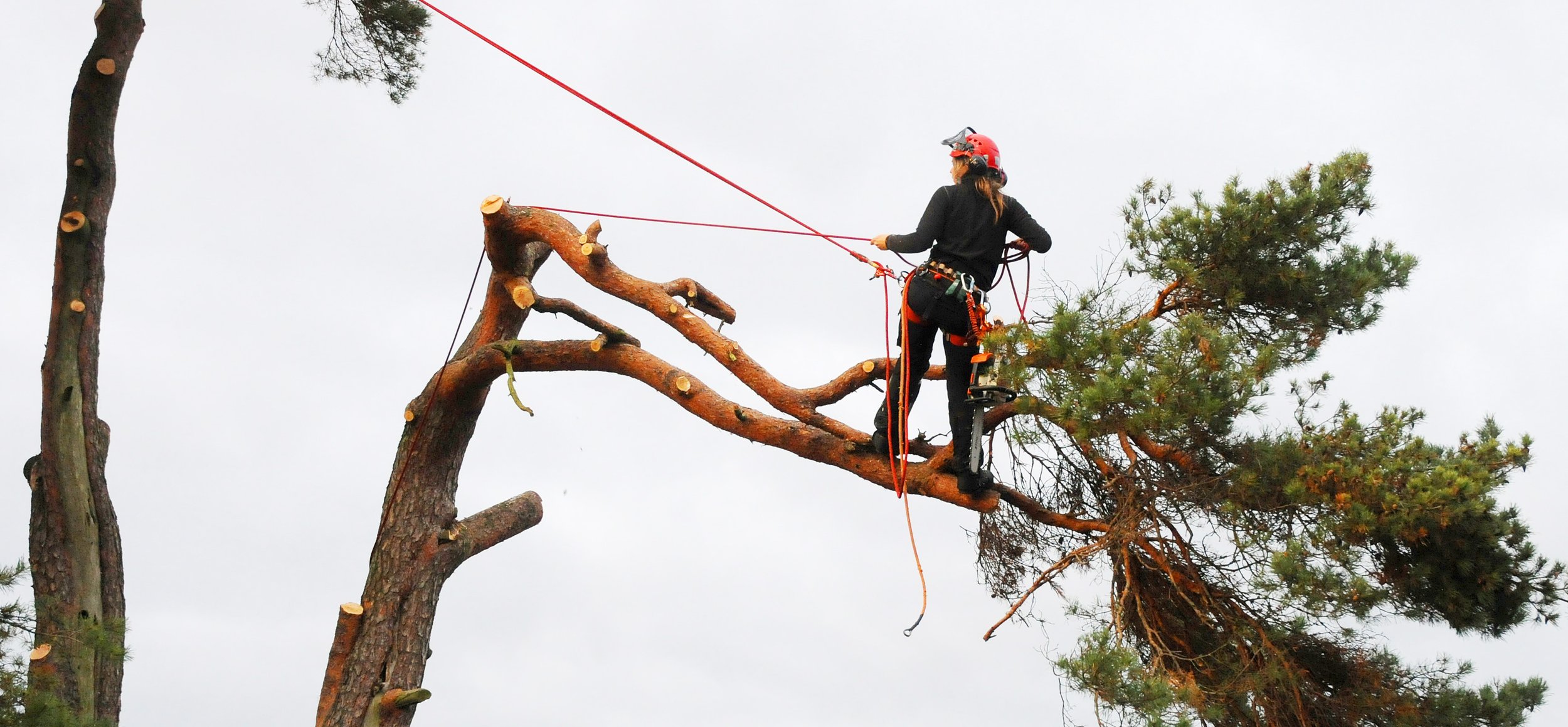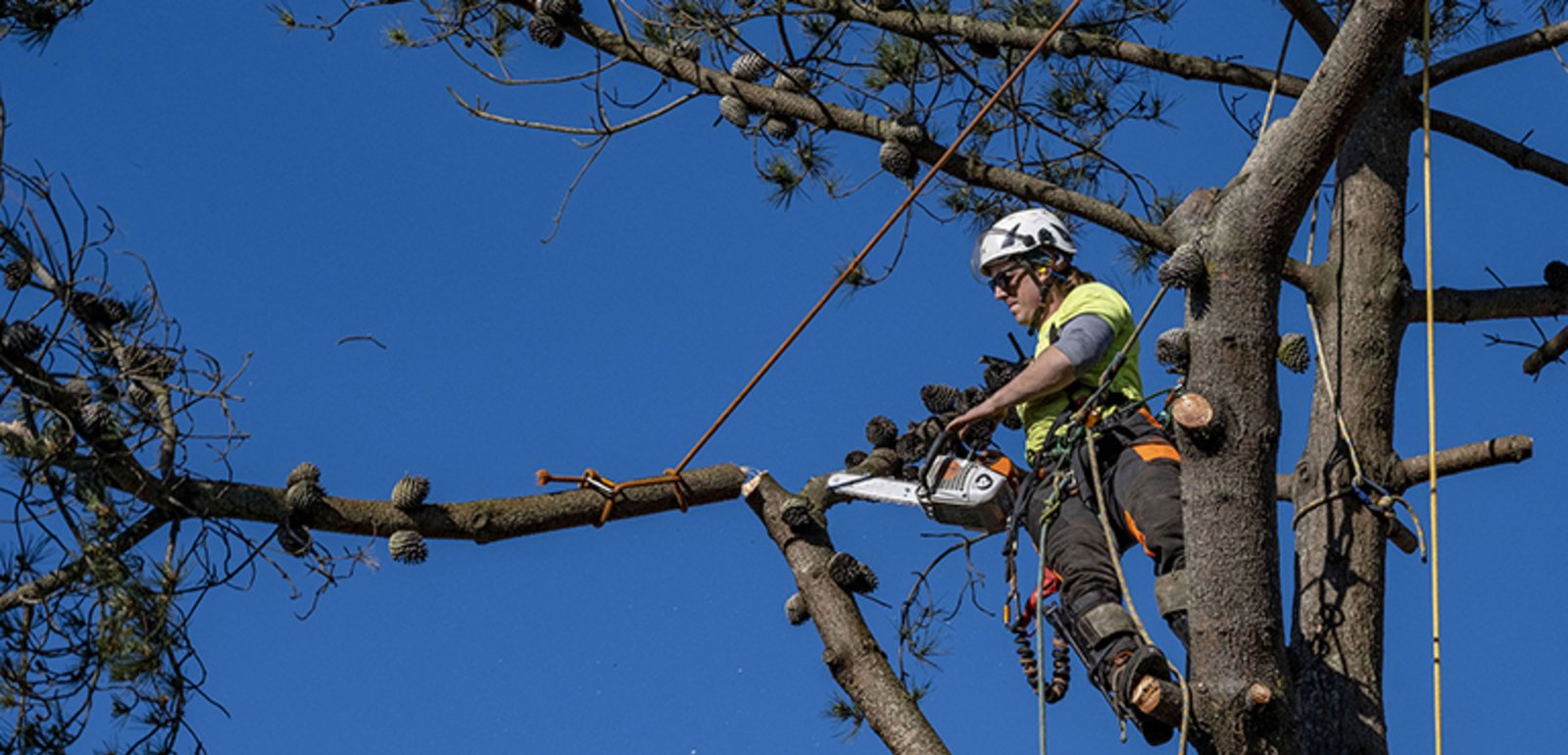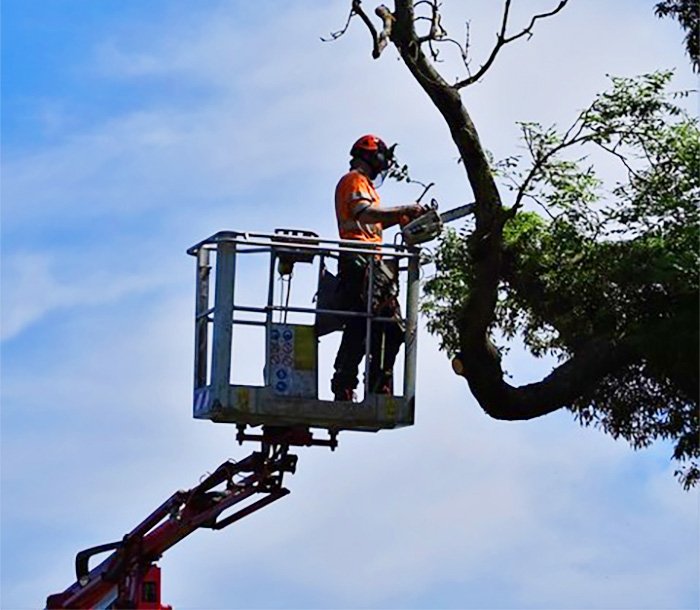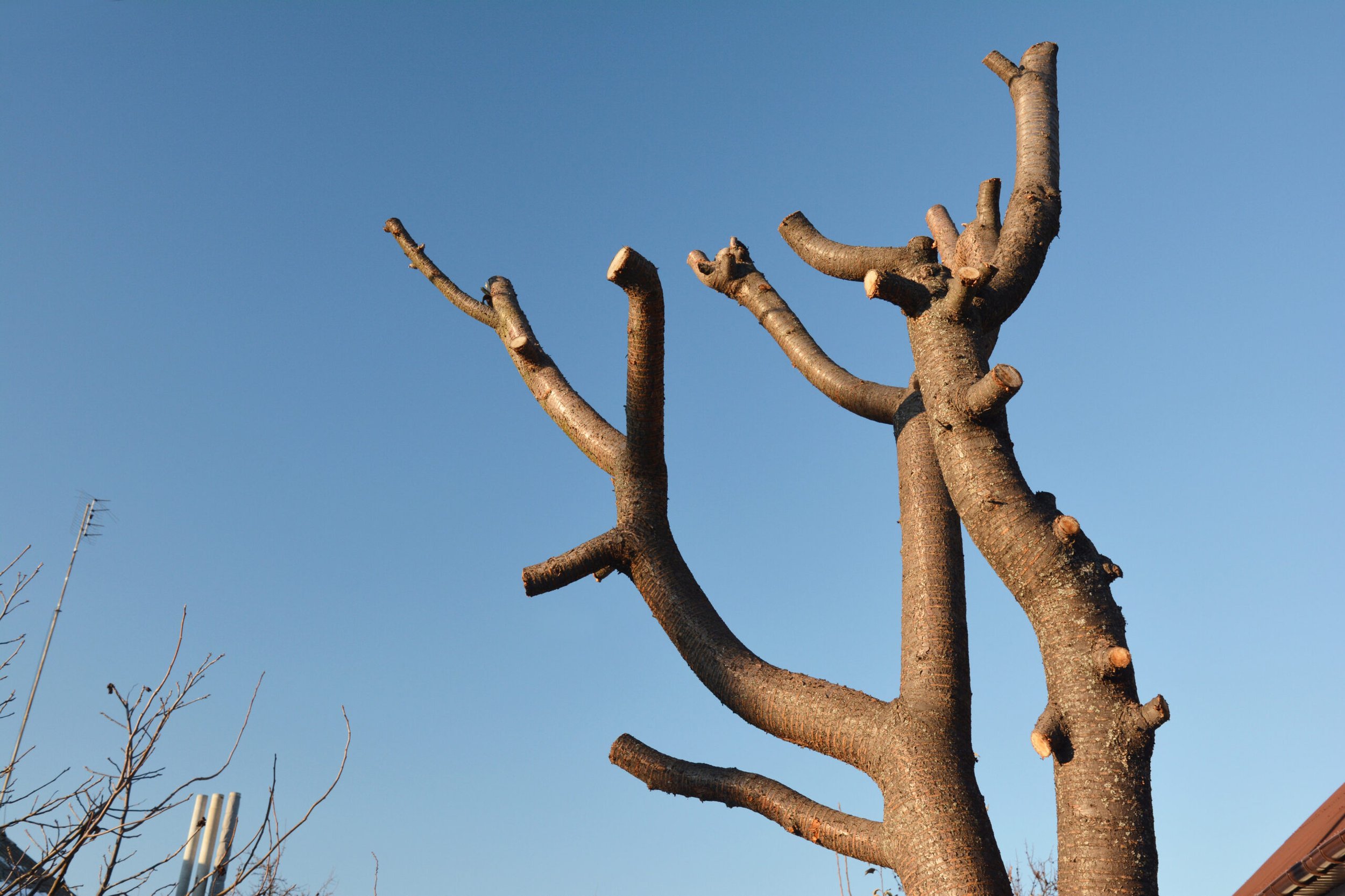Do I Need To Call a Tree Expert?
By Annie
When it comes to caring for trees, many homeowners may wonder about whether they need arborists, landscape designers or regular landscape maintenance crews to help them take care of these landscape features. While all play important roles in maintaining outdoor spaces, arborists specialize in the health and management of trees, offering expertise and services that go beyond typical landscape maintenance. In this blog post, we'll explore what arborists do, when you need to call one, and how they differ from other landscape experts.
Arborists, also known as tree surgeons or tree care professionals, are highly trained individuals with specialized knowledge in the cultivation, management, and preservation of trees. They possess expertise in tree biology, physiology, and pathology, allowing them to assess the health of trees, diagnose problems, and recommend appropriate treatments.
Arborists should* undergo rigorous training and certification through organizations such as the International Society of Arboriculture (ISA), which ensures they meet industry standards and adhere to best practices in tree care. They’re also not afraid to climb up a really tall tree, with ropes and chainsaw to hand! Added to that, they have the equipment - cherry pickers, specialized saws, and what amounts to mountaineering equipment - to actually get up into a tree to do the work needed.
If you’re lucky enough to live in San Francisco, you can rely on Friends of the Urban Forest to help plant your street trees and maintain them, but private trees are another story, and you may need a professional arborist.
So, when should you consider calling an arborist instead of relying on a regular landscape maintenance crew? Here are some scenarios where the expertise of an arborist is invaluable:
Tree health assessments: If you notice signs of decline or disease in your trees, such as leaf discoloration, dead branches, or unusual growth patterns, it's essential to consult an arborist for a thorough assessment. Arborists can identify underlying issues affecting tree health and recommend appropriate treatments to mitigate damage and promote recovery.
Tree pruning and maintenance: While landscape designers and maintenance crews may offer basic tree pruning services, arborists are trained in the art and science of large scale tree pruning techniques. They understand the biology of trees and know how to prune branches strategically to promote healthy growth, improve structural integrity, and enhance aesthetics.
Tree removal and stump grinding: When trees become hazardous due to disease, storm damage, or structural instability, arborists are equipped to safely remove them while minimizing risk to surrounding property and vegetation. Additionally, arborists can perform stump grinding to eliminate unsightly tree stumps and prevent potential hazards in the landscape.
Pest and disease management: Trees are susceptible to a variety of pests and diseases that can threaten their health and longevity. Arborists have knowledge of common tree pests and diseases and can develop effective management strategies to protect trees from infestations and minimize damage.
While landscape designers and landscape maintenance crews may offer basic tree care services as part of their repertoire, they may lack the specialized training and expertise that arborists posess, and the result may end up being less than optimal.
A good landscape designer or maintenance crew can help you decide when you’ll need to consult an arborist, and can often refer you to an expert who they know will do a great job.
*How do you know that your arborist has done a good job? Your tree shouldn’t end up looking like the above sad specimen - “topped” to reduce its crown by indiscriminately lopping off all the branches. Some people mistakenly think that trees need an annual “haircut” but tree topping is never an acceptable tree trimming technique. It weakens a tree, its limbs can easily break and cause damage to property, and if it survives it will have to put a lot of energy into replacing all that missing structure. And no - it will never look good again.
Unfortunately, this tactic is still used despite the lasting damage it causes trees, and when we see this type of treatment we often think “just cut the whole tree down if you hate it that much…” (And plant the right size tree in the right place to begin with… but that’s a story for another day.)
San Franciscans can call 3-1-1 to report illegal pruning or removal of street trees, by the way. The Bureau of Urban Forestry will send an inspector to assess the tree and issue a fine if warranted.
Remember: when it comes to the health and longevity of your trees, investing in the services of a qualified arborist can make all the difference. Whether you need routine tree maintenance, tree health assessments, or emergency tree care, arborists have the knowledge, skills, and experience to keep your trees healthy and thriving for generations to come.



